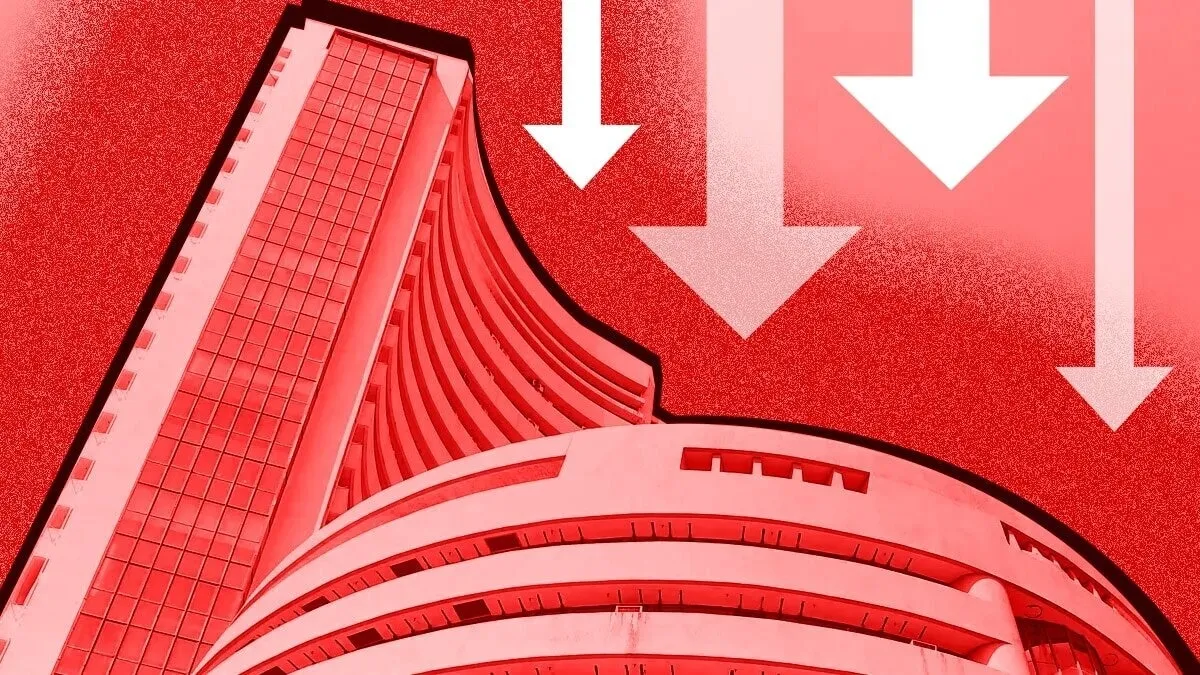Understanding the Stock Market Crash: Sensex and Nifty's Key Drivers

Market Overview
On Friday, Indian stock markets experienced a significant downturn, with the BSE Sensex dropping 900 points and the NSE Nifty50 falling over 1%. The Sensex was trading around 81,317, while the Nifty50 hit 24,889 by mid-morning.
Investor Concerns and US Jobs Data
Santosh Meena, Head of Research at Swastika Investmart Ltd., stated that this dramatic stock market fall follows a period of stability at all-time highs. Today's turbulence is linked to anxiety ahead of the anticipated US non-farm payrolls report.
Key Triggers for the Stock Market Crash
- Weaker US job data expectations raising fears of a global economic slowdown.
- Analysts predict an increase of 165,000 jobs, but monitor unemployment dipping to 4.2%.
- Market uncertainty heightened by signals of potential Federal Reserve rate cuts.
Technical Analysis
From a technical view, the Sensex is testing a vital support level at 24,850. A drop below this could lead to further declines.
Sector-Wise Impact
The broad market decline saw all sectors affected. Companies such as Reliance, SBI, ICICI Bank, and Infosys contributed significantly to the drop.
Global and Domestic Market Dynamics
- MSCI Asia-Pacific index showed a minor gain, yet Japan’s Nikkei experienced a slight dip.
- FIIs sold equities worth ₹688 crore; DIIs bought equities worth ₹2,970 crore.
- Oil prices remained steady; Indian rupee appreciated slightly against the dollar.
Market Sentiment
Current market conditions reflect a mixture of global uncertainties coupled with domestic elements that significantly affect investor sentiment.
This article was prepared using information from open sources in accordance with the principles of Ethical Policy. The editorial team is not responsible for absolute accuracy, as it relies on data from the sources referenced.